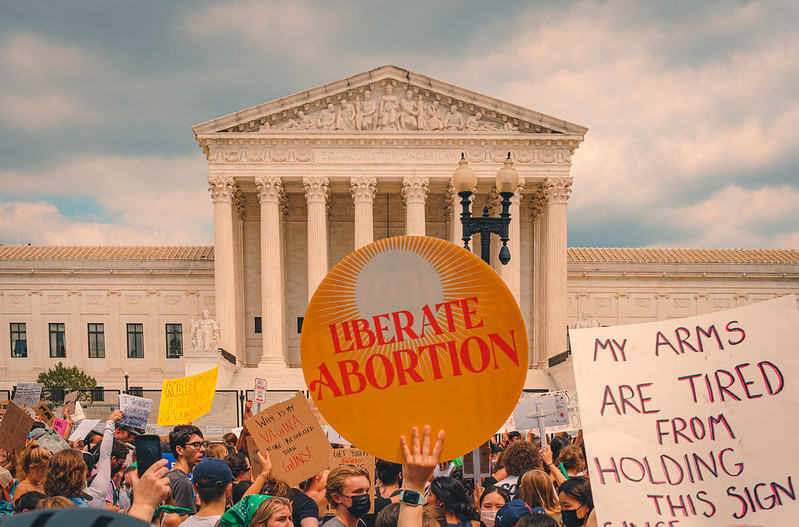Midterm Elections 2022: A Guide to Betting on U.S. Political Outcomes

Midterms Betting: An Introduction
The midterm elections represent one of the most pivotal events on the U.S. political calendar outside of presidential races. For political enthusiasts and bettors, the 2022 midterms offer diverse opportunities, as all 435 seats in the House of Representatives, 36 governorships, and 35 out of 100 Senate seats are up for grabs on November 8. The outcomes will not just shape legislative maneuvering for the Biden administration but also set the stage for the 2024 presidential race.
Overview: Seats, Stakes, and Why They Matter
All House seats and more than a third of governorships and Senate seats are being contested in these elections. The party makeup in Congress will directly influence President Biden’s legislative agenda, as well as signal potential candidates for the next presidential election. Every race holds significance, with high-stakes battles especially pronounced in swing states and key districts.
Political Betting Markets: What Can You Bet On?
Leading sportsbooks offer various markets for the midterms. You can wager on which party will control the Senate or the House, bet on combinations (such as Republicans winning the House and Democrats securing the Senate), or try to predict specific outcomes at a state or district level—including the exact number of seats a party will win.
Even if the Senate sits at a 50-50 split, the tiebreaker currently goes to the Democrats, thanks to Vice President Kamala Harris’s vote. Recent odds show Republicans are heavily favored in the House, while Democrats have gained momentum in Senate projections. For those who prefer more granular bets, individual state contests and total seat counts offer further opportunities.
Understanding Election Trends: Why Chambers Differ
The dynamics between the House and Senate races are rarely identical. All House races occur simultaneously, stressing local concerns and amplifying partisan redistricting (often called gerrymandering). Senate seats, meanwhile, cover entire states and are subject to broader voter trends.
Historically, the president’s party often suffers losses in the House during midterms, as seen under Presidents Obama and Trump. However, the results between the upper and lower chambers can diverge, as in 2018 when Democrats surged in the House but Republicans saw gains in the Senate.
In 2020, when House contests coincided with the presidential election, Democratic control narrowed to a slim 222–213 majority. This time, holding the House appears much tougher for Democrats.
Presidential Approval and Recent Momentum

Midterms often reflect public sentiment toward the sitting president. President Biden’s approval dipped below 40% following high-profile gubernatorial losses and narrow escapes in traditionally safe states like New Jersey. However, recent legislative successes, a positive jobs report, and falling gas prices have brought a degree of recovery.
Although generic congressional polls now often show a tie or a slight Democratic lead, the party still faces an uphill challenge in the House, with major data models giving Democrats a relatively low chance to retain it. In contrast, chances look improved for the party in the Senate, with some forecasts now giving them a clear edge.
Influential Issues: Abortion and the January 6 Inquiry

While economic themes like inflation often dominate, unforeseen cultural and legal developments can dramatically alter the electoral landscape. The Supreme Court’s decision to overturn Roe v. Wade proved deeply unpopular with most of the electorate and galvanized Democratic campaigns nationwide.
Simultaneously, the ongoing investigation into the January 6 Capitol riot and the prominence of election-denying candidates in GOP primaries may alienate centrist and independent voters—crucial in tight races—particularly as some Republican candidates associate with conspiracy theories and extremist positions.
State-by-State Analysis: Spotlight on Pennsylvania and Arizona
Both Pennsylvania and Arizona are pivotal states, decisive in the 2020 presidential election and now hosting critical Senate and governor races.
– In Pennsylvania, Doug Mastriano—aligned with conspiracy theories and active in the January 6 events—trails Democrat Josh Shapiro in the governor’s contest. The Senate race features Mehmet Oz, a celebrity doctor with residency issues, running behind Democratic candidate John Fetterman. These races favor Democrats and could flip a Republican-held Senate seat.
– Arizona presents a similar picture: The GOP has moved sharply right, fielding election-denying candidates for key roles. Mark Kelly enjoys a polling advantage in the Senate contest, while Katie Hobbs leads in the governor’s race. Extremism on the GOP side appears to be diminishing Republican prospects in a traditionally independent-minded state.
Victories for Kelly and Fetterman would shift Senate control toward the Democrats at 51–49. The most at-risk Democratic seats elsewhere are Georgia and Nevada. Catherine Cortez Masto, defending in Nevada, holds a narrow polling lead, while Georgia incumbent Raphael Warnock faces a scandal-troubled challenger with a less impressive political résumé.
In other contested states, most observers expect little change: Democrats hold an advantage in New Hampshire, while the GOP seems solid in Wisconsin and Ohio.
Outlook for the Senate and House
Combining all these dynamics, a scenario in which Republicans claim the House while Democrats retain the Senate appears highly plausible. The Senate majority could hinge on a single state—most likely Nevada—but Democrats enter Election Day with favorable odds in the key battlegrounds.
Key Takeaways for Political Bettors
For those interested in wagering on the midterms, here are several important factors to consider:
– The Democrats’ Senate prospects have improved, especially in Pennsylvania and Arizona.
– The House remains an uphill battle for Democrats due to historic patterns and redistricting.
– Social issues, like abortion rights, and investigations into the January 6 riot are energizing Democratic turnout and potentially splitting Republican support.
– High-profile Republican candidates with controversial views may limit the party’s gains in key states.
– Most forecasts point to a split congress: a Republican-controlled House and a Democratic Senate.
Summary Table: Notable Swing State Races & Factors
| State | Key Races | Democrat Candidate(s) | Republican Candidate(s) | Current Poll Trends | Noteworthy Factors |
|---|---|---|---|---|---|
| Pennsylvania | Senate Governor |
John Fetterman Josh Shapiro |
Mehmet Oz Doug Mastriano |
Dems Lead Dems Lead |
GOP candidates viewed as extreme; Shapiro & Fetterman strong polling |
| Arizona | Senate Governor |
Mark Kelly Katie Hobbs |
Blake Masters Kari Lake |
Dems Lead Dems Lead |
High-profile GOP right-wing stances; Kelly/Hobbs polling above 48% |
| Georgia | Senate | Raphael Warnock | Herschel Walker | Close | Walker faces campaign controversies |
| Nevada | Senate | Catherine Cortez Masto | Adam Laxalt | Very close | Polls show Dem with small lead; genuine toss-up |
Conclusion
With the stakes high and the political climate increasingly polarized, the 2022 midterms deliver both uncertainty and numerous betting avenues. As patterns emerge and key races are shaped by both national issues and candidate quality, successful political betting will require a careful analysis of state trends, voter sentiments, and real-time polling dynamics. Expect a night of close calls, surprises, and a likely split Congress shaping the next two years of American politics.








